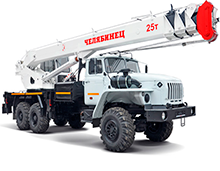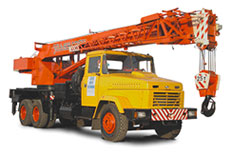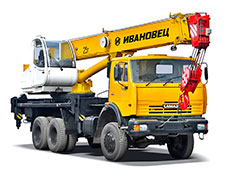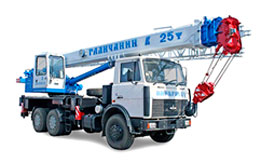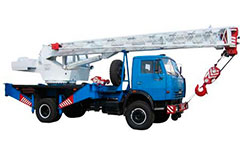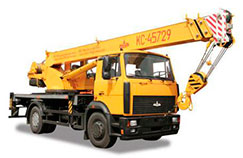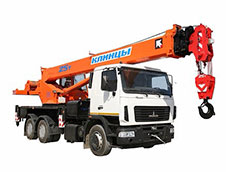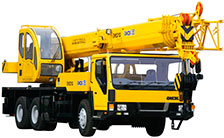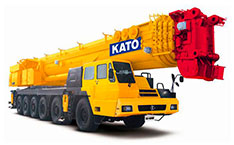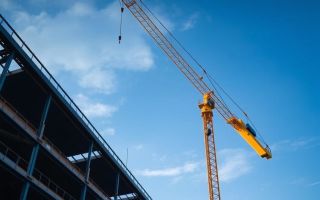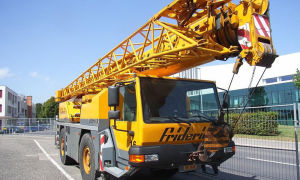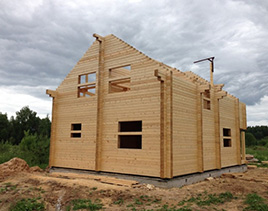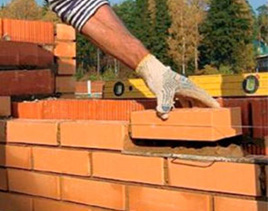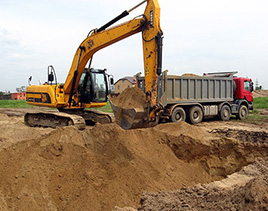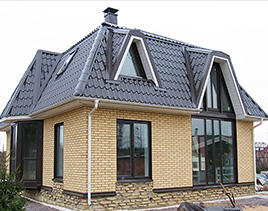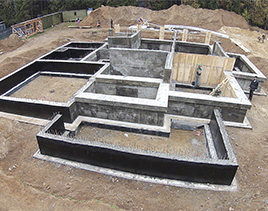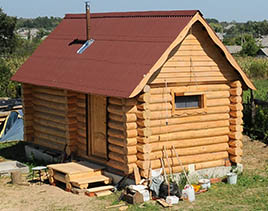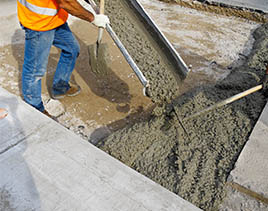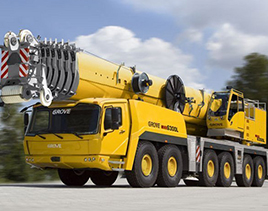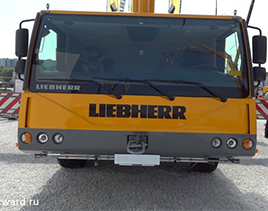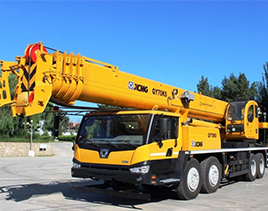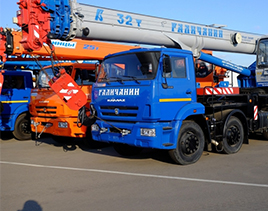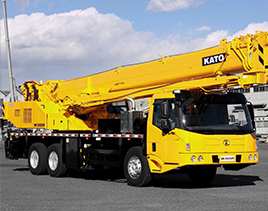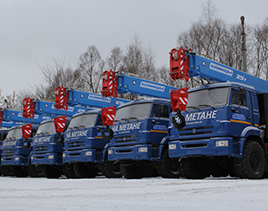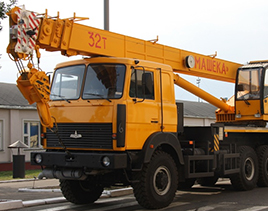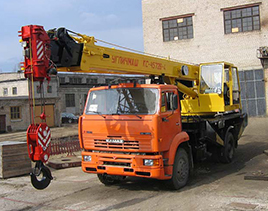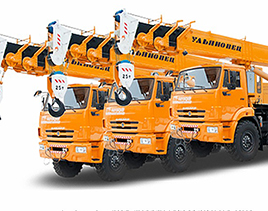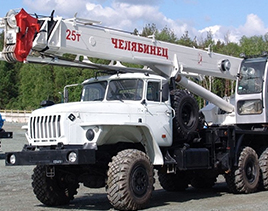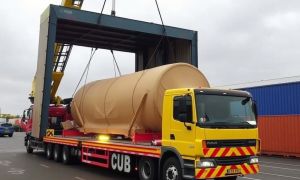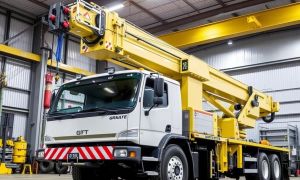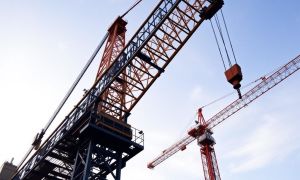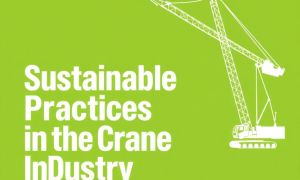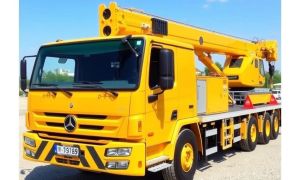When it comes to heavy lifting on construction sites, choosing the right crane is absolutely critical. It’s not just about picking the biggest or the newest machine; every project has unique requirements that must be perfectly matched with the right crane type, capacity, and setup. Unfortunately, there have been numerous cases where a wrong crane choice led to project delays, skyrocketing costs, and sometimes even catastrophic failures. In this article, we will explore how selecting the wrong crane can derail a project, discuss the common mistakes made during crane selection, and offer practical insights on how to avoid such pitfalls in your future projects.
Understanding the Role of Cranes on a Construction Project
Cranes are the backbone of many construction projects. Whether you are erecting skyscrapers, assembling bridges, or working on industrial facilities, cranes help lift and move heavy materials safely and efficiently. But cranes come in many shapes and sizes — from towering tower cranes to mobile cranes, crawler cranes, and even specialized overhead cranes. Each type serves different purposes and operates best under specific conditions.
Picking the wrong crane is more than just an inconvenience. It can lead to inefficient workflows that slow progress, create unsafe working conditions, damage materials, and ultimately increase your project’s cost. A wrong crane choice stresses the entire project team, forcing engineers and managers to scramble for workarounds that are often more expensive and time-consuming.
Common Mistakes That Lead to the Wrong Crane Choice
Before diving into real-world examples, let’s look at some frequent missteps made during crane selection:
- Ignoring the Load Requirements: Underestimating the weight and dimensions of the load can result in choosing a crane with insufficient capacity.
- Overlooking Site Conditions: Soil stability, space constraints, and terrain play a huge role in crane setup but are often ignored.
- Disregarding the Project Timeline: Failing to consider how quickly materials need to be moved can lead to selecting cranes with slower operational speeds.
- Forgetting Crane Mobility Needs: Projects that require frequent crane relocation may suffer if a stationary crane is chosen by mistake.
- Neglecting the Need for Specialized Lifting: Not all loads are straightforward; some require specialized attachments or configurations.
Understanding these mistakes is the first step to ensuring that the wrong crane is never an option for your project.
The Ripple Effect of Choosing the Wrong Crane
When the wrong crane is brought onto a job site, the impacts are felt immediately and in multiple dimensions. Let me walk you through some of the key consequences:
Project Delays
Imagine ordering a crane that can only lift 30 tons when the heaviest load is 50 tons. Suddenly, your crane can’t lift critical components, forcing you to organize additional equipment or find other ways to get those materials into place. This adds time, disrupts the schedule, and pushes deadlines further back.
Increased Costs
Rental costs for cranes can be astronomical, especially when contracts are time-based. Using a crane inefficiently or facing work stoppages leads to paying for idle equipment and labor. Getting a crane that’s not fit for the job often leads to multiple rentals, rework, and even accident-related expenses.
Reduced Safety
Safety is paramount on any construction site. Using a crane beyond its capabilities, or one that cannot be properly stabilized, dramatically increases the risk of accidents. Crane collapses, dropped loads, or tipping incidents pose grave risks not only to workers but also to the general public.
Compromised Quality
Poor crane choice may force project teams to improvise in ways that affect the quality of the build. For example, trying to lift components at awkward angles or using makeshift rigging can damage materials or lead to misaligned installations.
Case Study: When a Wrong Crane Choice Doomed a Bridge Construction Project
To truly understand the fallout when a wrong crane choice is made, let’s examine a real-life scenario that highlights these issues.
A major bridge construction project in the Midwest required lifting very heavy steel girders over a river. The project team opted for a mobile crane due to its supposed versatility and quicker setup time. However, the girder weights approached 120 tons at their heaviest, and the chosen crane had a maximum lifting capacity of just 90 tons.
Because the site was constrained by the riverbanks and nearby roadways, crane repositioning was limited. The mobile crane could not reach certain points, forcing complicated rigging and multiple lifts. Over several weeks, the lifting operations faced repeated interruptions — the crane had to be reconfigured repeatedly, and structural components had to be reworked to fit the awkward lifting process.
Ultimately, the project was delayed by 4 months, and costs ran over budget by millions of dollars. Safety incidents were narrowly avoided but led to mandatory work pauses. Had the team selected a crawler crane with a higher capacity and better maneuverability in confined spaces, these problems could likely have been avoided.
Key Lessons from the Bridge Project Failure
| Issue | What Went Wrong | How It Could Have Been Avoided |
|---|---|---|
| Crane Capacity | Selected crane couldn’t lift the heaviest girders safely | Rigorous load analysis and capacity planning matched to crane specs |
| Site Constraints | Failure to consider spatial limitations impacted crane coverage | Detailed site surveys and terrain analysis before crane selection |
| Project Scheduling | Multiple stoppages and reconfigurations delayed timelines | Factoring setup and operational speeds into equipment choice |
| Safety Protocols | Unsafe rigging and overloading risks emerged | Choosing cranes with adequate capacity and proper certifications |
How to Make the Right Crane Choice for Your Project
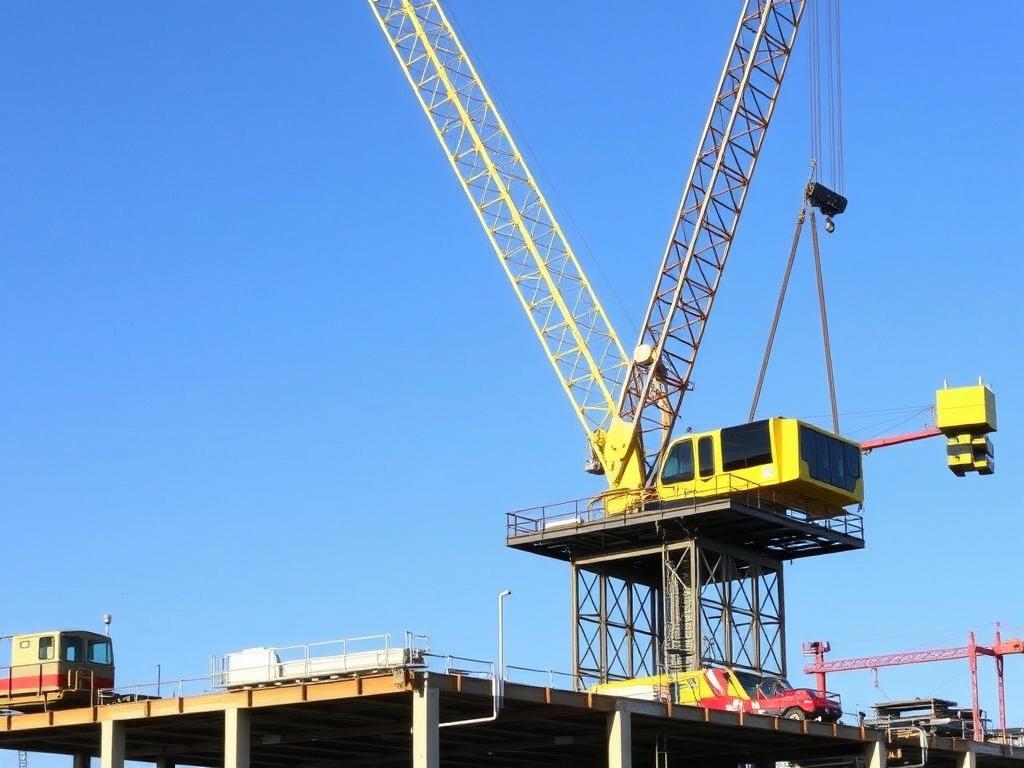
Now that we understand the repercussions of a wrong crane choice, how can project managers and engineers make sure they pick the best fit? The following process steps can help:
1. Conduct a Detailed Load Analysis
Start by collecting all the weight and size information of the materials you need to lift, including any unusual shapes or delicate components. Calculate the maximum load for any single lift, adding safety margins.
2. Evaluate Site Conditions Thoroughly
Survey soil stability, access roads, overhead obstructions, weather conditions, and space available for crane setup and operation. These factors limit what cranes are feasible.
3. Match Crane Types to Project Needs
Different cranes serve different roles:
- Tower Cranes: Tall, fixed cranes perfect for high-rise building construction.
- Mobile Cranes: Quick to set up and highly versatile, but usually less capacity.
- Crawler Cranes: Heavy-duty cranes with tracks that offer high capacity and mobility on rough terrain.
- Overhead Cranes: Ideal for indoor lifting within factories or warehouses.
4. Consider Crane Mobility Needs
If your project requires frequent changes in lifting location, prioritize cranes that can be moved efficiently without too much setup delay.
5. Factor in Project Timeline and Budget
Choose a crane that not only meets technical requirements but also aligns with your schedule and financial constraints.
6. Plan for Safety and Compliance
Verify that any crane you use is certified, inspected, and suitable for the environment. Include trained operators familiar with the specific crane model.
A Useful Comparison Table for Crane Selection
To help visualize these factors, here’s a quick comparison of popular crane types:
| Crane Type | Typical Lifting Capacity | Best Use Case | Mobility | Set-up Time |
|---|---|---|---|---|
| Tower Crane | Up to 20 tons | High-rise construction | Fixed | Hours to days |
| Mobile Crane | Up to 200 tons (varies) | Short term, versatile projects | Highly mobile | Minutes to hours |
| Crawler Crane | Up to 3,500 tons | Heavy lifting on uneven terrain | Moderate mobility (tracks) | Hours to days |
| Overhead Crane | Varies widely | Indoor manufacturing and warehouses | Fixed | Installation project specific |
The Human Factor: Communication and Expertise Matter
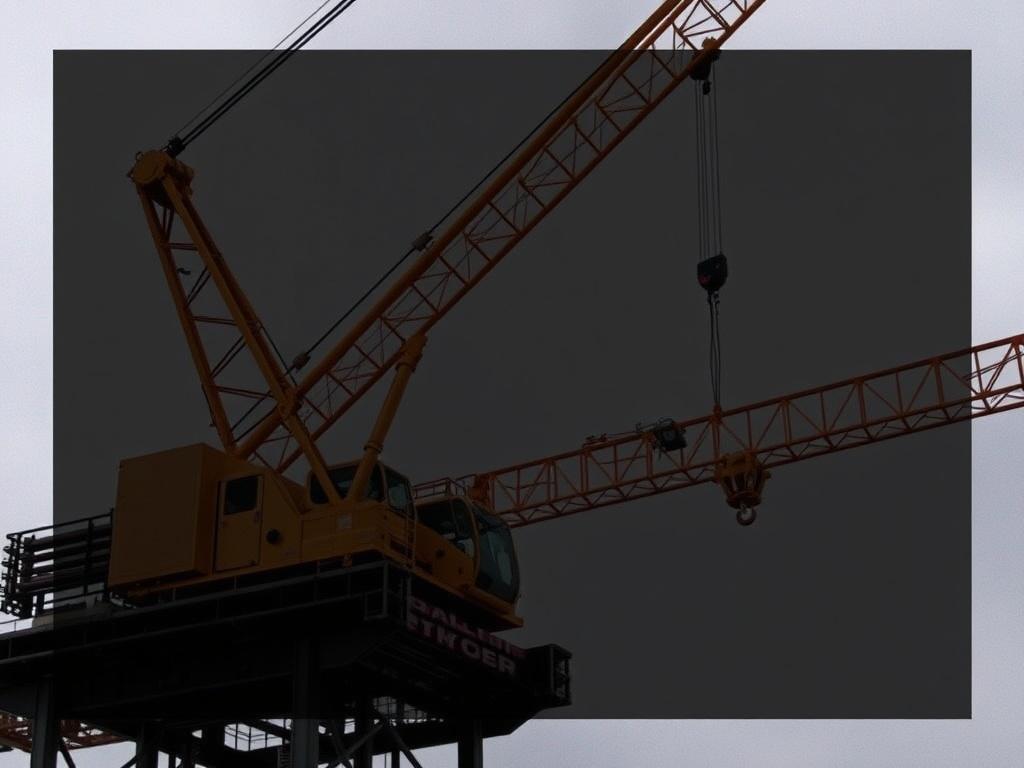
Even with all the technical checks, the wrong crane choice often comes down to a human error dimension: communication breakdowns or a lack of experience. Construction managers, engineers, rigging experts, and equipment vendors must collaborate closely. Early involvement of all stakeholders ensures that equipment specifications are well understood and project realities are fully factored into the crane selection.
Poor communication can mean that those ordering the crane never get the full picture of the project’s lifting needs or site constraints. Conversely, experienced teams proactively review plans, conduct site visits, and ask critical questions before placing the order. Investing in training and fostering a culture of open communication can greatly reduce risks.
Emerging Technologies That Reduce Crane Selection Mistakes

Technology advancements are helping construction teams avoid the classic pitfalls of crane selection. Today, software tools can simulate lifting operations digitally, allowing engineers to visualize load capacities, crane reach, and site logistics before deciding. Drones and 3D site mapping provide detailed terrain data for better assessment.
Additionally, smart cranes equipped with sensors provide real-time feedback on load weights, wind conditions, and crane stability. This data helps operators and managers make immediate decisions that keep projects on track safely.
While these innovations don’t replace good judgment and planning, they certainly add a layer of confidence to the crane selection and operation process.
Conclusion
Choosing the right crane is far more than a technical formality; it’s a foundational decision that shapes your entire project’s success. Selecting a wrong crane can lead to devastating consequences including project delays, cost overruns, safety hazards, and compromised quality. By understanding the critical factors in crane selection — from load requirements to site conditions and crane mobility — you empower your team to make smart, informed decisions. Communication, expertise, careful planning, and leveraging emerging technology all play vital roles in avoiding costly mistakes. The lessons learned from past failures reinforce a simple truth: the best crane isn’t just the biggest or the newest — it’s the one perfectly matched to your project’s unique needs. Invest the time and effort up front, and you’ll save your project from unforeseen failures down the line.

